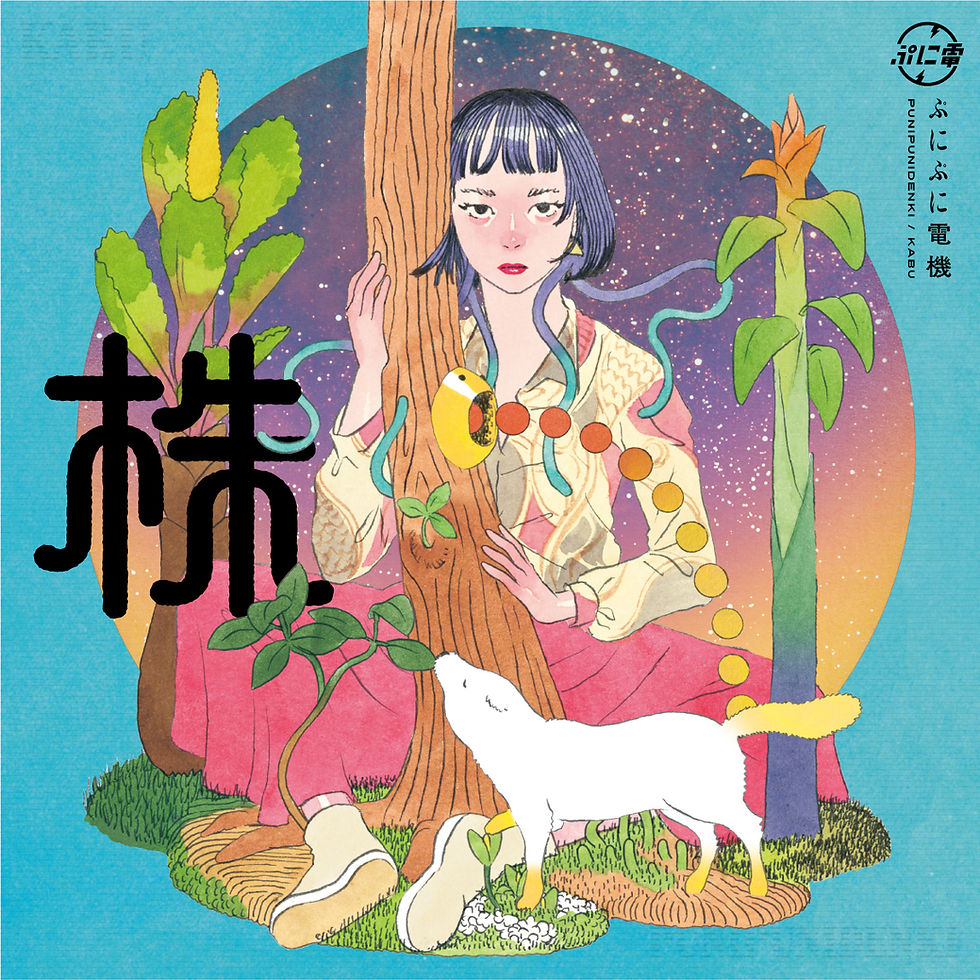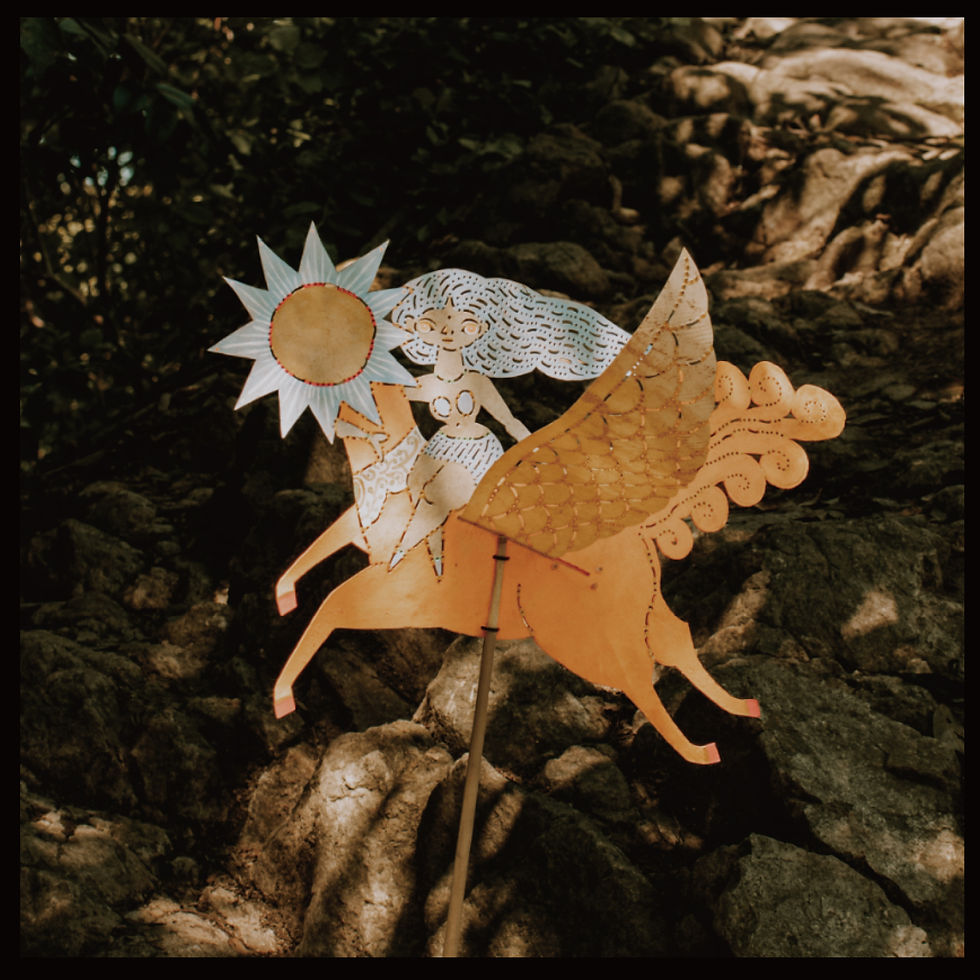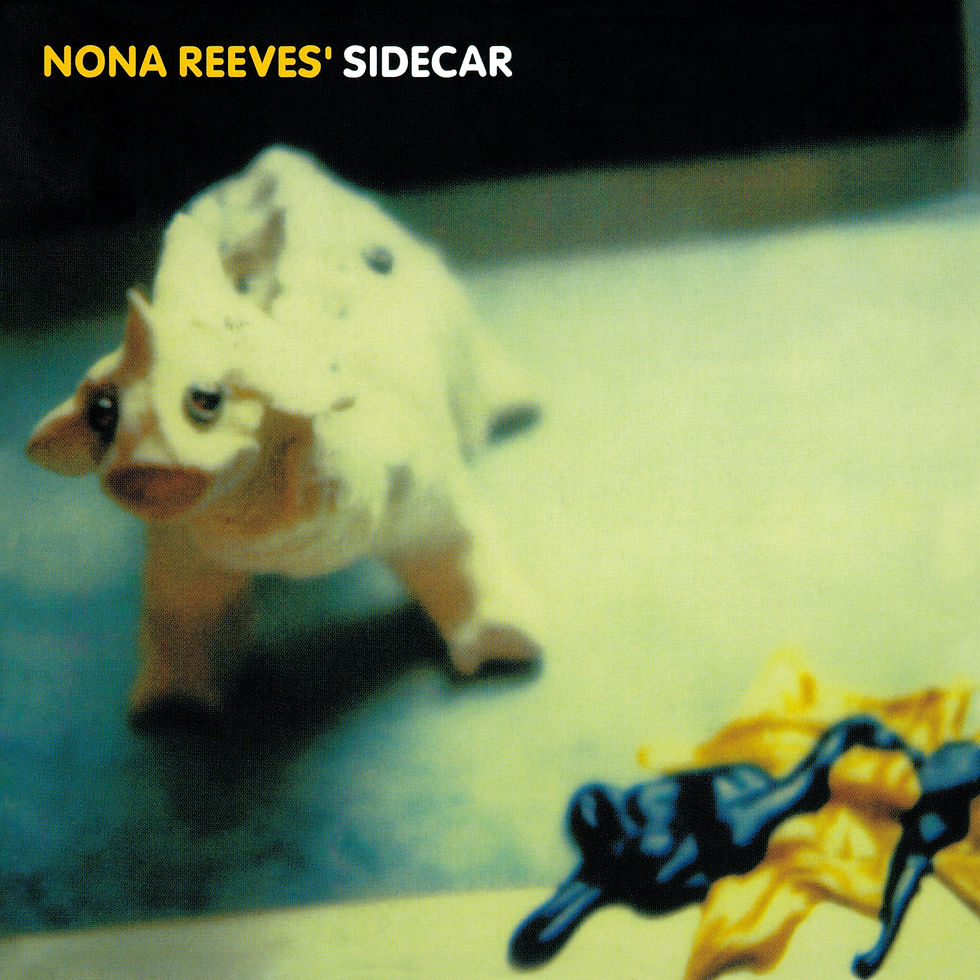[Description]
The Tonkori of Ainu heart, entwined with Okinawa's Sanshin melodies,
Spinning tunes, carrying whispered yearnings in sung words.
Oki and Misako Ōshiro — one is a player of the traditional string instrument called Tonkori from the Ainu people of Sakhalin, who has pioneered the possibilities of Ainu music with innovative sound-making that looks out to the world. The other is a singer who has been walking the path of the song for 55 years, reigning as the queen of Okinawan minyo with her 'voice of silk' even at the age of 76. It is an unexpected encounter between the north and south. The dream collaboration of these two, rooted in Ainu and Okinawan culture, has come to fruition.
OKI meets Misako Ōshiro / Kita to Minami (CD) / UBCA-1026
Tracklist
- 固み節 "Katami bushi"
- 恋語れ "Koi Katare"
- 北と南 "Kita to Minami"
- 南洋浜千鳥 "Nanyo Hama chidori"
- ヨー加那よー "Yō Kana yō"
- レッドおじさん "Red Ojisan"
- ランク節 "Rank Bushi"
- ヒンスー尾類小 "Hinsū Jurigwā,"
- ヤッチャー小~泊高橋 "Yachā-ko Tumai Takahashi"
- 南と北 "Minami to Kita"
Product ID
Release Date: March 14, 2012
Catalog Number: UBCA-1026
Released by: Tuff Beats
Distributed by: Space Shower Networks
*Includes song commentary by Misako Ōshiro*
Review
Long before this project took shape, OKI and Misako Ōshiro were aware of each other's presence. It was at a certain event in Kansai over a decade ago that they crossed paths by chance. Recalling the impact of each other's stage performances, OKI remarks "I was blown away by her silky high-pitched voice" while Misako Ōshiro, blushing, admits, "I was amazed at how cool he was". A reunion after more than ten years, leading to a collaboration—there was simply no reason for these two, drawn to each other's music, to refuse.
The production period took approximately four months starting in the autumn of 2011. In a studio in Okinawa, Misako Ōshiro's Sanshin, under OKI's production, along with the island drums played by her top disciple, Kana Horinai, were recorded. The rest of the work was completed by OKI at his home studio in Hokkaido. When Misako-sensei heard for the first time the Tonkori harmonizing with her sanshin, she smiled, saying, "It's lovely". In Okinawan folk music, there are instances of using the koto, which might have a sound somewhat akin to the Tonkori. Both, the koto and the Tonkori bring forth a fantastical spread of sounds, evoking an eternal sense of time.
However, initially, OKI struggled with the idea which caused him "the vocals and the Sanshin were too lovey-dovey, leaving no room for the Tonkori." In most cases, Okinawan singers play the Sanshin while singing, and it interwinds the vocals and the Sanshin to be almost inseparable. Furthermore, the "subtle nuances that emerge as you listen, from the complex Okinawan scales" were another challenge. How could the Tonkori, with its limited scale, respond? Listening intently to Misako Ōshiro's sanshin, OKI made discoveries and faced challenges, and in doing so, he transformed Okinawan music into something new. "It's not about merging it with another form of music. I merely referenced Okinawan music" he nods in agreement. From the beautifully intertwined melodies of the Sanshin and Tonkori in "Katami Bushi" to the unique rhythm of "Koi Katare" where the vocals and Sanshin chase each other, or the dub-infused "Nanyō Hamachidori" with its reverbs and delays coloring the soundscape spaciously, and the lively inviting atmosphere of "Ranku Bushi," recorded in a single take—the approaches vary, but within the whirlpool of new possibilities that OKI discovered, Misako Ōshiro's singing voice always vividly shines.
During their work in Okinawa, OKI often said, "Misako-san, let's do something no one else has done." Each time, Misako-sensei would laugh "Hehehe" in agreement. It was like witnessing the town's most unattainable beauty and the town's mischievous boy planning a secret adventure together, strangely thrilling. Songs like "Kita to Minami," where OKI sings about "your smile like the sun," could almost be heard as a love letter dedicated to Misako-sensei... perhaps a bit exaggerated.
Misako Ōshiro says, "When Songs are sung from the heart, songs tell stories." In this album, there are no scenes where the two sing together. However, they are certainly conversing. Listening to it, one can't help but imagine a "somewhere" that is neither Okinawa nor Hokkaido. Is it a distant past somewhere, or an entirely new somewhere? Both nostalgic and fresh, the sounds ringing from that place gently stimulate the depths of the heart. This landscape of sound, painted by Misako Ōshiro and OKI, might just be the "place where the north meets the south" that no one else has ever reached.
(Text by Tokue Okabe)


























